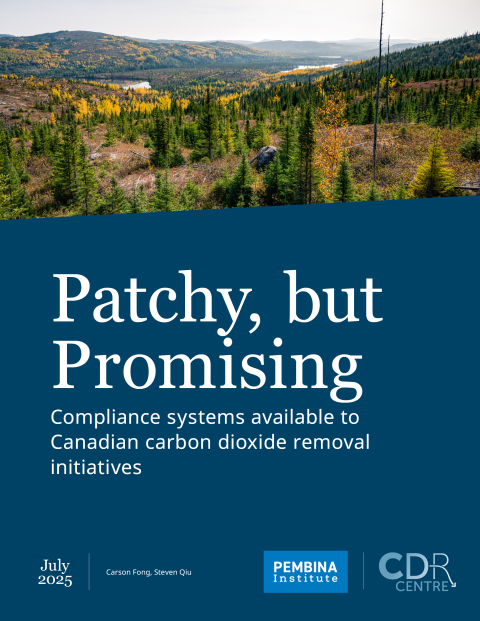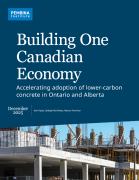In Canada, industrial emissions compliance systems aim to reduce greenhouse gases while encouraging innovation and maintaining competitiveness. These systems vary across provinces, creating a complex regulatory landscape. Carbon offsets, used federally and in provinces like Alberta, B.C., Saskatchewan, and Quebec, allow large emitters to fund external emissions reduction projects to meet some of their compliance obligations.
Currently, most offset projects focus on emissions reduction or avoidance. Carbon dioxide removal (CDR) is included in some compliance systems, primarily through low-durability methods like afforestation. Durable CDR methods, such as direct air capture with carbon storage (DACCS) and bioenergy with carbon capture and storage (BECCS), are only beginning to be integrated.
Durable CDR methods offer long-term storage and can help address historical emissions, as well as the emissions that are the most difficult and costly to eliminate. Durable CDR methods require more support to scale up to reach a meaningful impact. Including these technologies in compliance systems now can drive investment and innovation to meet future climate goals. Encouragingly, federal and provincial systems are beginning to develop or implement protocols for DACCS and BECCS, signaling progress toward broader CDR integration.
Recommendations
We recommend that provincial and federal carbon compliance systems take the following actions:
- Differentiate between carbon dioxide removals and reductions in regulations.
- Set separate targets for carbon dioxide removals and reductions.
- Increase cooperation between compliance systems.
- Collaborate with leading CDR registries.











